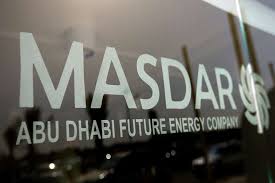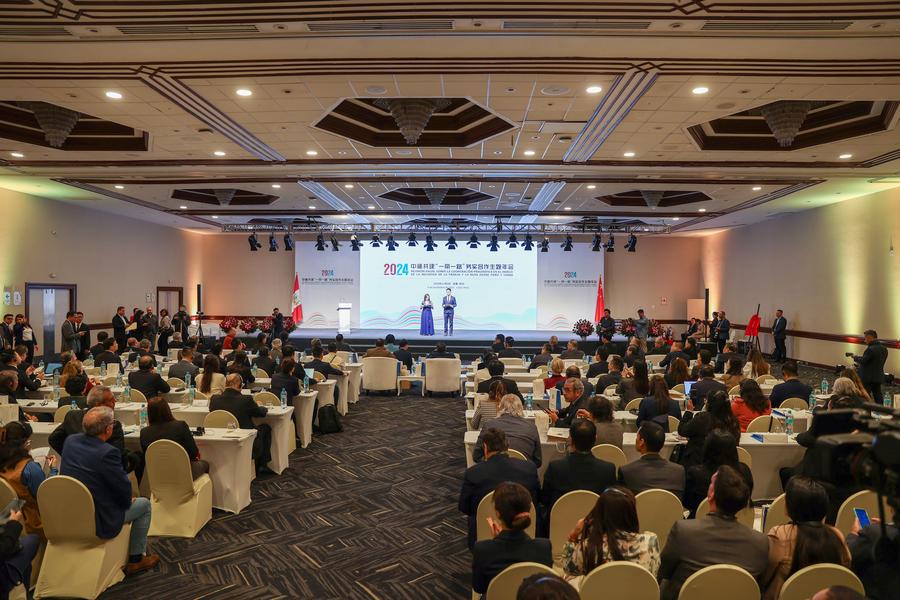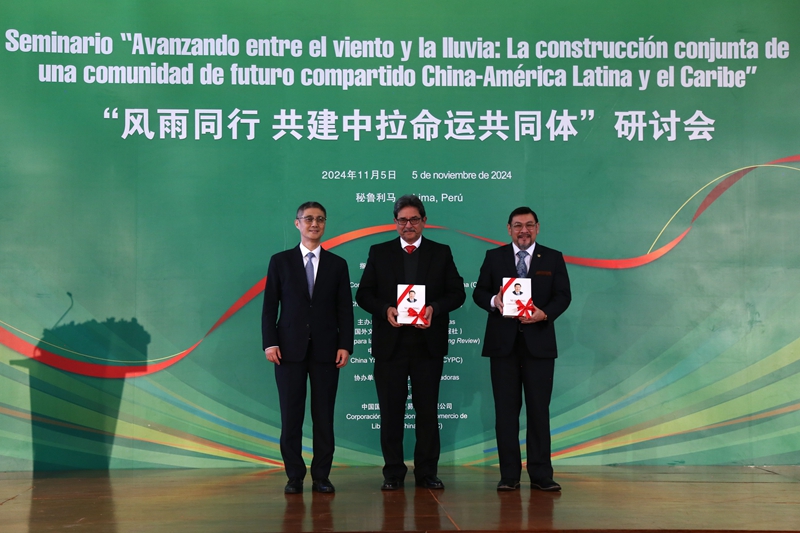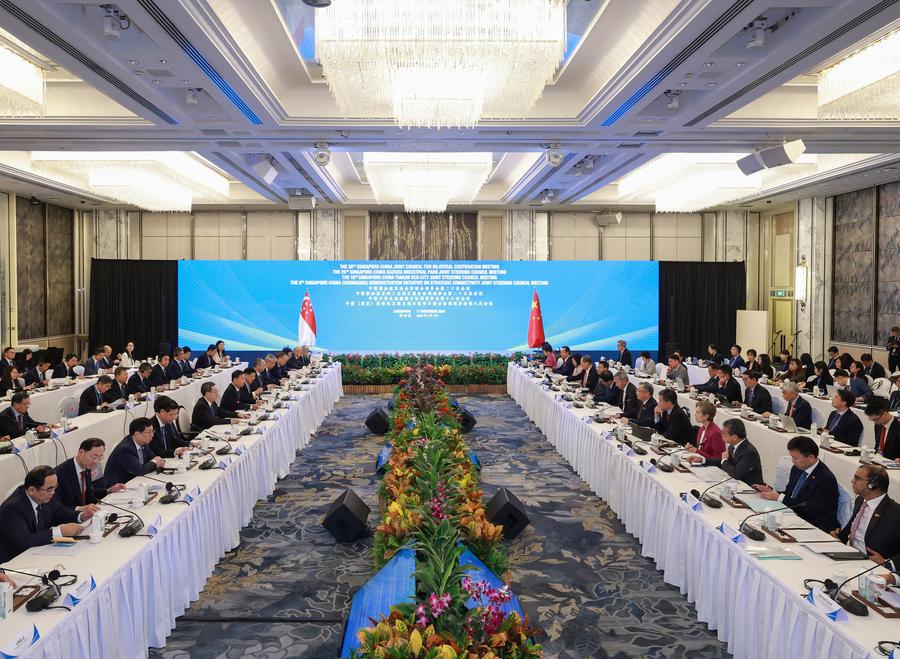The positive results of this study have provided Rotterdam with a new opportunity to develop itself into a major hub for the production, uptake and trading of hydrogen. This means that H-vision can become the seed of a new hydrogen economy in Rotterdam and significantly contribute to the achievement of climate objectives.
The main focus of the H-vision programme is on the production of hydrogen using natural gas and refinery fuel gas. The CO2 that is released during production will be captured and stored in depleted gas fields under the North Sea. The blue hydrogen obtained by these means can subsequently be used as a low-carbon energy carrier in industrial processes in order to generate high temperatures or to produce electricity.
As such, H-vision anticipates the arrival of green hydrogen, which is produced via electrolysis using power sourced from renewable sources like offshore wind farms. This variant of hydrogen generates zero CO2 in its production. However, at this point, there is not enough green electricity to produce green hydrogen on an industrial scale.
Paving the way
Minister Wiebes of the Ministry of Economic Affairs and Climate Policy will be presented today with the H-vision report by TNO board member Cis Marring and Deltalinqs chairman Steven Lak. “Some years ago, TNO took the initiative for H-vision,” Marring recalls. “I’m pleased to see that thanks to this project, a large number of companies are now enthusiastic about utilising hydrogen in Rotterdam.”
Steven Lak sees H-vision as an important step for Rotterdam and the Netherlands. “Industry has taken the lead when it comes to developing a practical solution that allows us to dramatically cut back on CO2 emissions in the short term. The hydrogen chain and the associated infrastructure for H-vision will make it easier to incorporate green hydrogen in the system over time. This means that H-vision offers two important benefits: reducing CO2 emissions on the short term and accelerating the energy transition by paving the way for the future green hydrogen economy,” according to Lak.
The study’s findings were enthusiastically received by sector players like BP, Shell and Uniper – all of which also participate in the H-vision project as partners. These parties recognise the opportunity hydrogen presents to improve the sustainability of heat generation and steam production for their activities. “Hydrogen is essential for a CO2-neutral energy supply”, remarks Allard Castelein, CEO of the Port of Rotterdam Authority. “As long as there isn’t enough green hydrogen, industry is able to cut back emissions with blue hydrogen. The availability of blue hydrogen in Rotterdam helps to limit the effects of climate change and strengthens our competitive position at the same time.
Results
In the most recent period, the H-vision research team has made detailed calculations of the technical, financial and market conditions for a number of different scopes (low, reference, high). This has yielded the following insights for the reference scope:
H-vision is able to realise a substantial CO2 reduction in the short term. Savings will increase from 2.2 million tonnes in 2026 up to 4.3 million tonnes in 2031.
When considered in relation to the total CO2 emissions of Rotterdam’s industrial sector in 2018 (26.4 million tonnes), the adoption of blue hydrogen as an energy carrier for industrial purposes, will result in an emission reduction of 16%.
The price per tonne of CO2 saved ranges from €86 to €146 (excluding ETS credits), depending on which economic scenario is assumed to play out.
The H-vision hydrogen systems that will be built will have an annual production capacity of over 700 kilotonnes – equivalent to some 3200 MW. This will allow Rotterdam’s industrial sector to produce at least 20% of its required heat and power using blue hydrogen.
Since CO2 is captured before any combustion takes place, industry will enjoy a high degree of flexibility. Hydrogen can be utilised on a large scale as a raw material or fuel in industrial processes and as an energy carrier for the production of electricity. Where desired, industries are also free to switch to other CO2 reduction methods at a later date – avoiding a ‘lock-in’ situation. Low-carbon blue hydrogen can be easily used for other purposes and can also be mixed with green hydrogen. While the methods used to produce the hydrogen may differ, the product remains the same.
Investment
Based on current insights, the construction of the H-vision hydrogen installations in the reference case will involve an investment of approximately €1.3 billion. Including the required infrastructure and technical adaptations at the industrial users’ end, the total investment is estimated to be around €2 billion. In effect, this is an investment in the launch of the hydrogen economy.
With the positive conclusion of the feasibility study, H-vision has entered into a new phase, in which the partners will be conferring with the government about regulations, risk hedging and financial support. The measures in the Climate Accord will also play an important role in this context.
For the moment, H-vision will be focusing on the more detailed elaboration of the aspects of technical design, financial substantiation, market position and organisation. The study also shows that the Maasvlakte would be a suitable area to consider as a location for the new hydrogen production plants. This option will also be studied further.
The finalisation of an investment decision could be reached as early as 2021. In this planning, the first installation will start supplying industrial parties in Rotterdam with hydrogen in early 2026.







